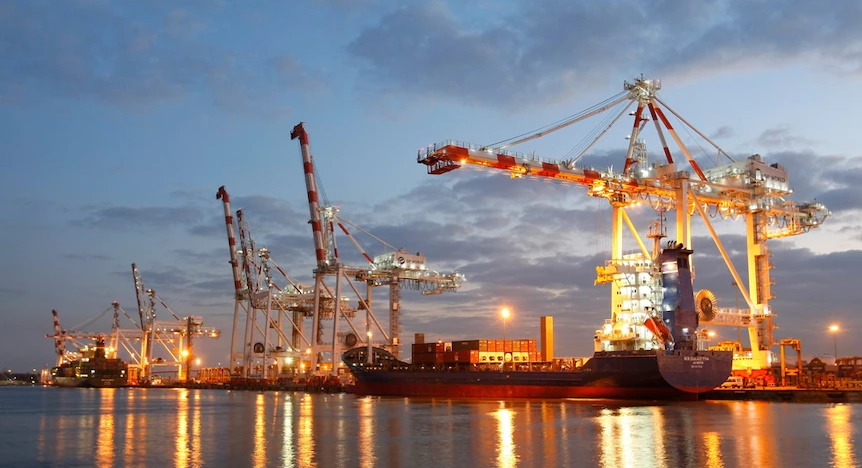Immigration does not harm wages outcomes for Australians

Recent commentary from the Reserve Bank of Australia (RBA) perpetuates the myth that immigration harms the employment and wages prospects of local workers, when CEDA analysis of migration data shows otherwise, says CEDA Senior Economist Gabriela D’Souza.
In a speech this week titled The Labour Market and Monetary Policy, RBA Governor Philip Lowe said while Australia’s high levels of migration had helped to boost the economy, in some cases when firms hired overseas workers “to overcome bottlenecks and fill specific gaps” this “dilutes” wage pressures and “can also dilute the incentive for businesses to train workers”.
“It would be great if this question, which has plagued labour economists for decades, was resolved with such certainty, but there’s no evidence to suggest this is true,” Ms D’Souza said.
“The literature shows that the interaction between migration and the labour market is complex.
“Migrants supply labour, but they also consume goods and services, and in so doing they add to broader economic activity.
“Research by myself and others has shown that immigration does not harm the employment prospects of local workers, and yet the myth persists.
“So much of Australia’s economy, including our ability to invest in capital and business’ confidence that projects can go ahead, depends on the know-how and skills of our often carefully-selected migrants.
“The existing body of research in this field has shown migration to have a small-to-negligible positive effect on aggregate wages in the economy.
“In addition to this, skilled primary migrants have a positive impact on the Budget. The Federal Government’s latest Intergenerational Report estimates that skilled primary migrants net the Federal Government $319,000 over their lifetime.
“They also add to activity in the economy to the tune of $4.2 million over the course of their lifetime (in net present value terms) through consumption of goods and services.
“In addition to effects like these we can measure, there are also likely to be other spillover benefits that we can’t yet measure.
“Economists know that the true underlying driver of real wage growth will be productivity.
“Governments and businesses need to consider what levers they can pull to increase productivity to fuel wage growth.
“Playing around with immigration targets won’t get us there. In fact, it could move us further away from this ultimate goal.”

















